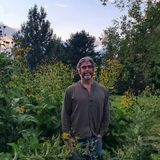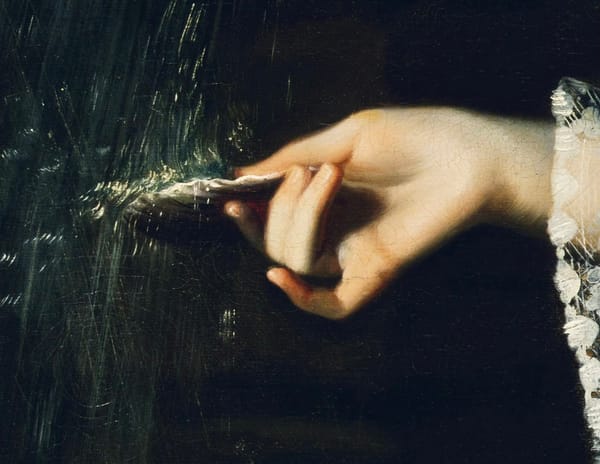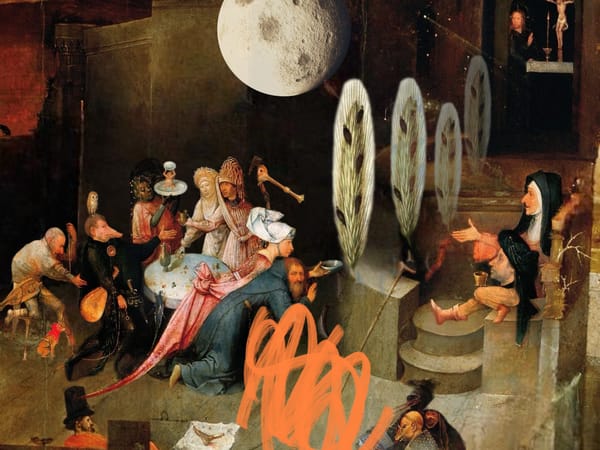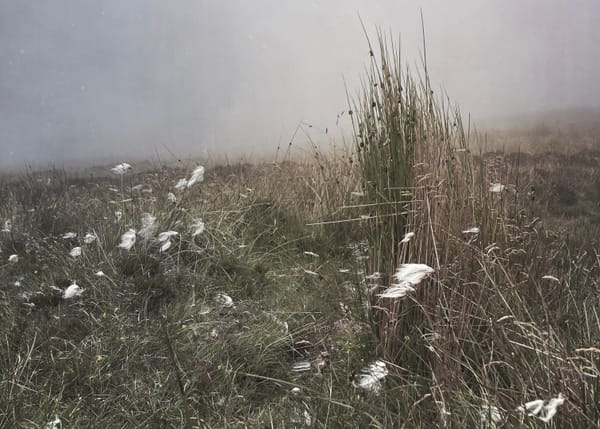Seeded Memory: what the Body Knows 🌱
A Waning Moon Round Up 🌘
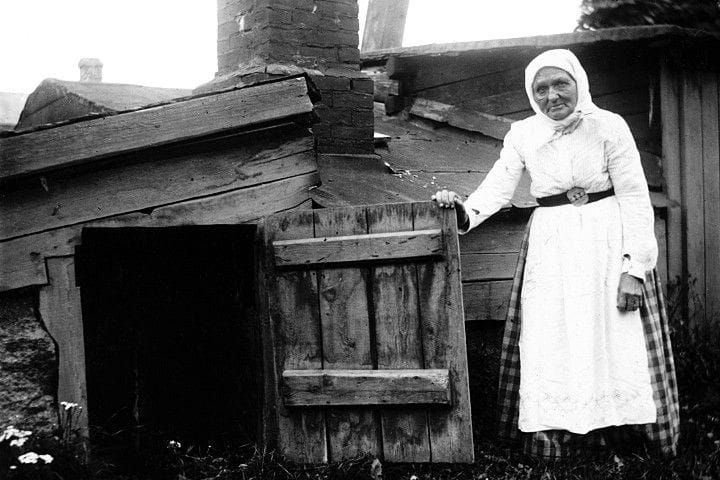
- Musing on: What the body knows about liberation
- Reading: The Memory Police by Yoko Ogawa
- Listening To: Fiona Soe Paing’s Sand, Silt, Flint
- Watching: Sweat Sauna Sisterhood
- Planning: A Vernal Outlier Hour
Musing On: liberation & what the body knows
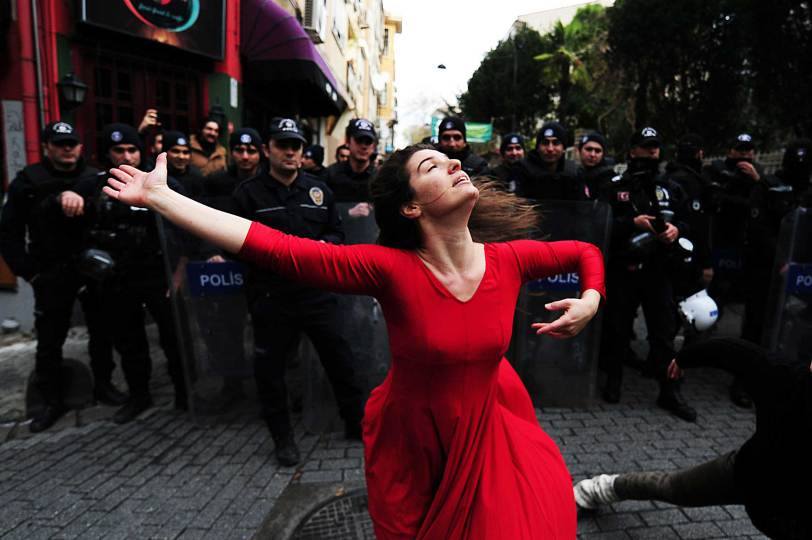
Twenty years ago I wrote a novel about rebellion in a world dominated by AI. Much of the subversion took place in the character’s bodies, in their resistance to invasive tech. In the opening scene, a cadre of dancing women confront riot police. This novel wasn’t published, but it’s message seems almost prophetic now.
Climate change, dystopias and looming apocalypse are our shared reality. If we are to write anything hopeful or subversive, we must start where we are—without denying the darkness—and see beyond it. This way of seeing is felt, danced and wept into being. It is somatic. To know it, we must return to the body as a teacher. In Silvia Federici’s essay, In Praise of the Dancing Body, she sets out her argument that the body is a site of resistance.
“the body as a ground of resistance, that is the body and its powers - the power to act, to transform itself and the world and the body as a natural limit to exploitation.”
Federici’s Caliban and the Witch had a deep influence on my historical analysis in my book about the Scottish witch hunts, Ashes & Stones. The 16th-17th century saw vast privatisation of public land, and this coincided with the witch hunts in Europe.
Capitalism was born from the separation of people from the land and its first task was to make work independent of the seasons and to lengthen the workday beyond the limits of our endurance. —Silvia Federici
We now see another vast privatisation of public and private space—our shared online lives, friendships and communities are now owned and manipulated by insatiable capitalists. Creative work of artists and writers is fed to generative plagiarism machines, regurgitated in endless permutations of soulless productivity.
Some of us remember the early days of the internets; INFORMATION WANTS TO BE FREE was the rallying cry of DIY coders and archivists.
That is still true, but we are up against mighty foes.
I first heard about Federici’s essay in In SEÁN PÁDRAIG O'DONOGHUE's recent writings about techbros and psychedelics. This essay is a must-read for our present moment.
What does the body have to do with this? I have often turned to my own body for its wealth of somatic knowledge—as a dancer, spirit worker, and someone who must harness chronic pain as a teacher.
“In pre-capitalist societies people thought they had the power to fly, to have out-of body experiences, to communicate, to speak with animals and take on their powers and even shape-shift.” —Silvia Federici
A sense of loss persisted as I wrote Ashes & Stones, not only of individual lives but shared folklore and even body-experiences that linked our ancestors to other worlds, other beings and ways of knowing. This somatic birthright, now lost—can only be rebuilt from dream, sensation and muscle memory. Perhaps shared folklore once contained some of this knowledge demonised during the witch hunts. Whatever was written down or remembered comes to us through that distorted, Christianised lens. We must remake it.
(My only beef with Federici’s brilliant essay is the suggestion that all Western medicine undermines the body’s integrity. My life has been saved over and over by Western medicine as have the lives of my friends. There must be a middle road when thinking of wellness.)
Reading : The Memory Police, Yoko Ogawa
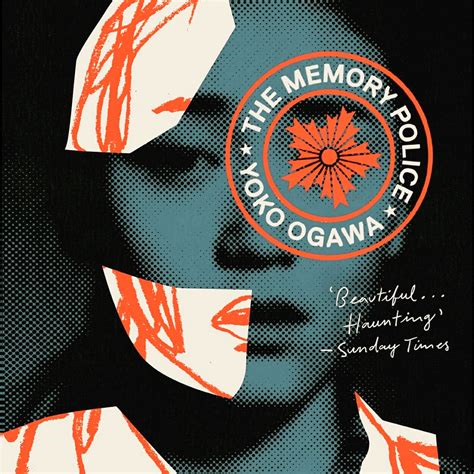
The Memory Police. Yoko Ogawa. This sparse and elegant novel is about communal forgetting in the face of fascist takeover. Set on an invented island in Japan, it is a Kafkaesque fable that is delicately told. Though it was written in 1994, it is heartbreaking relevant right now.
Listening to: Fiona Soe Paing
I’ve had Sand, Silt and Flint by Fiona Soe Paing on repeat since my pal, photographer Jannica Honey told me about it. Traditional ballads and original compositions from the North East of Scotland are rendered anew. Listen and you will hear the sound of this landscape . Even after I’ve left, I feel this Doric place and these songs echoing in me like peals in bells.
Watching: Smoke Sauna Sisterhood

This documentary is really intense and visually lush. It is about women talking to each other in a sauna, but it is also about the shape and texture of not only the women’s bodies, their voices and minds but also the spirit of the sauna itself. The sauna tradition in Estonia is recognised as a UNESCO intangible heritage, and the film is a personal exploration of this traditon. (I can’t unpack here the politics of women-only spaces in our current political moment. Humanity is evolving and ideas of gender as a spectrum are liberatory. Binary traditions need to be examined. Many, like the smoke sauna, should to be honoured in living memory, especially in the face of patriarchal backlash even as they are re-invented.
The documentary reminded me of sacred spaces that facilitate healing of both body and soul. This must happen outside of ‘new age’ commodification of this concept, beyond ‘toxic positivity.’
Once upon a time in San Francisco, there was a place called Osento, a woman’s bath house at 955 Valencia. Taking the waters there among others was transformational for me, an integral part of healing from sexual trauma. It is no more, Like so much of San Francisco that was vibrant and exciting while I lived there in the late 80s-early 90s. It’s vanished like something from Ogawa’s novel.

Planning: A Vernal Outlier Hour
23rd March, 7pm GMT will be the next Outlier Hour. Open to paid and free subscribers.
Find your time zone here & Put the date in your diaries.
There will be writing prompts to get us thinking and I will hold space for discussion. More as things take shape. Please RSVP by emailing contact.allysonshaw@gmail.com and I will send you the Zoom link.

